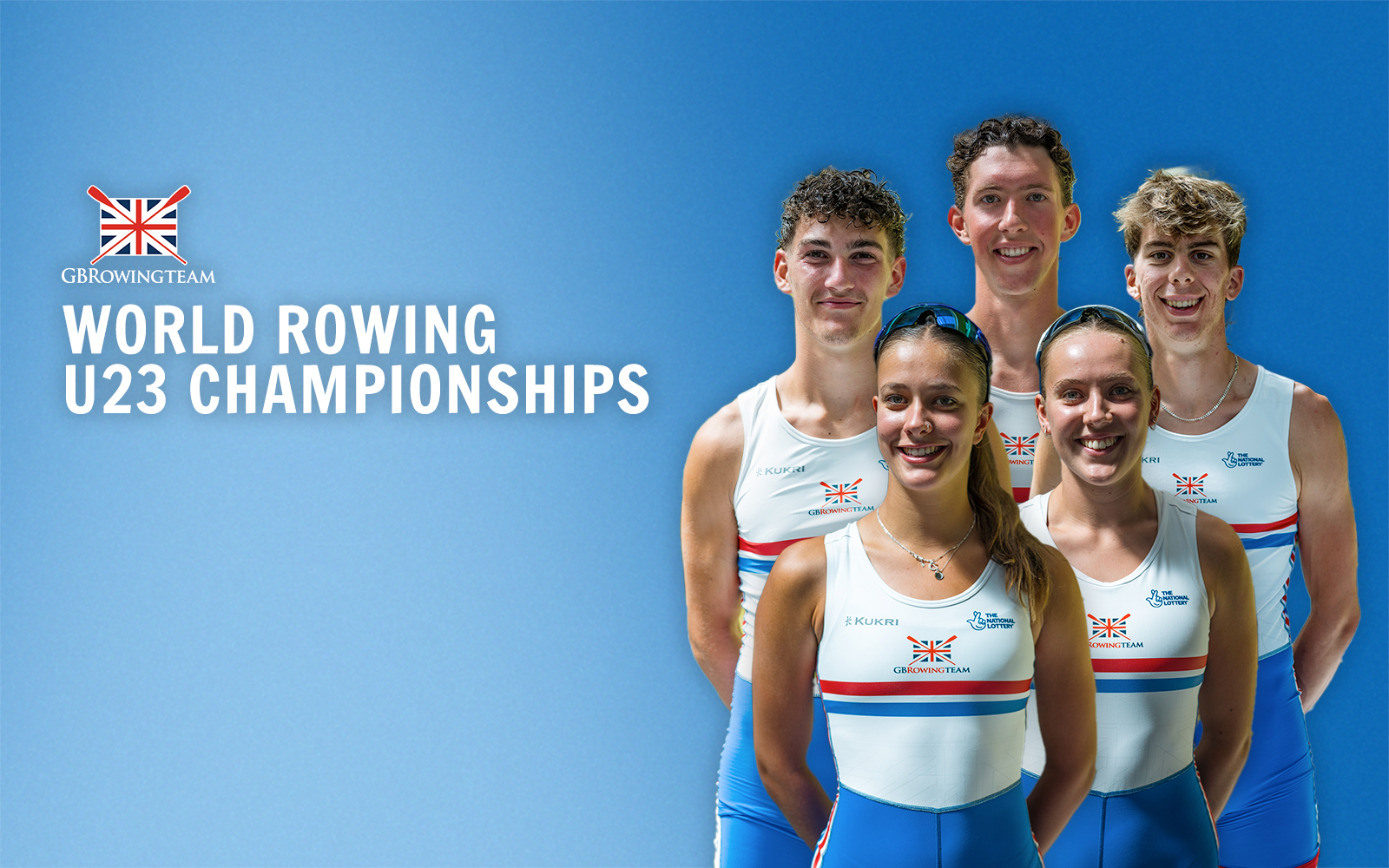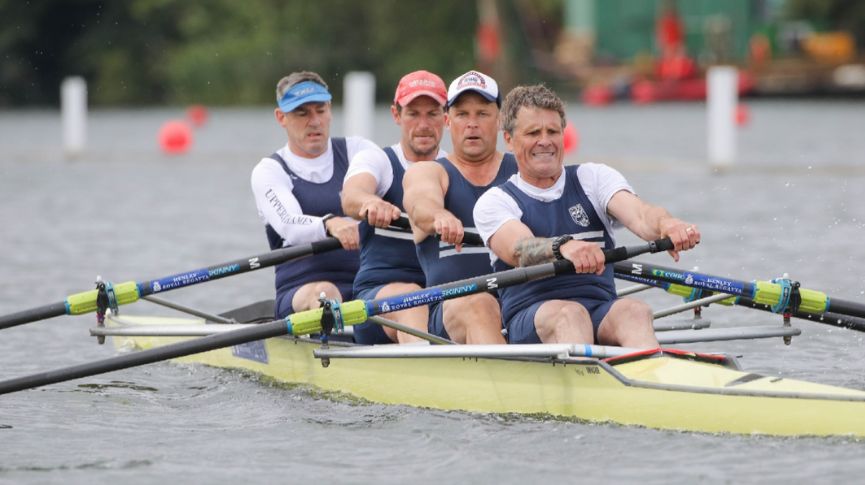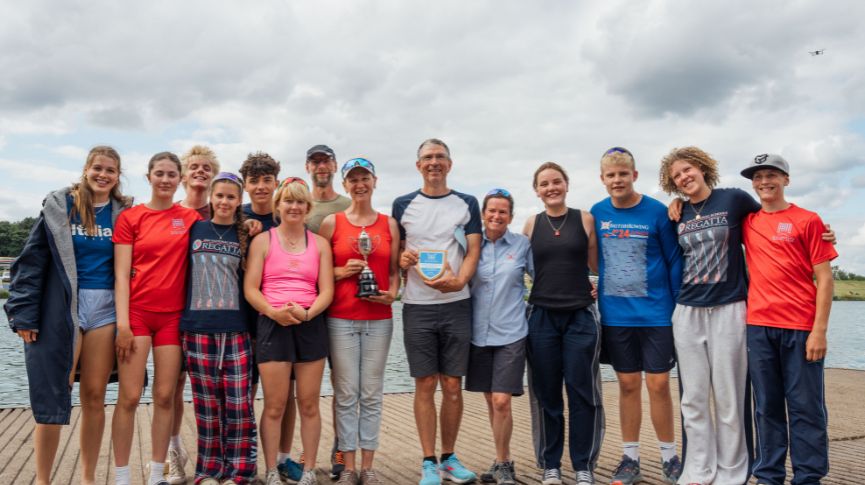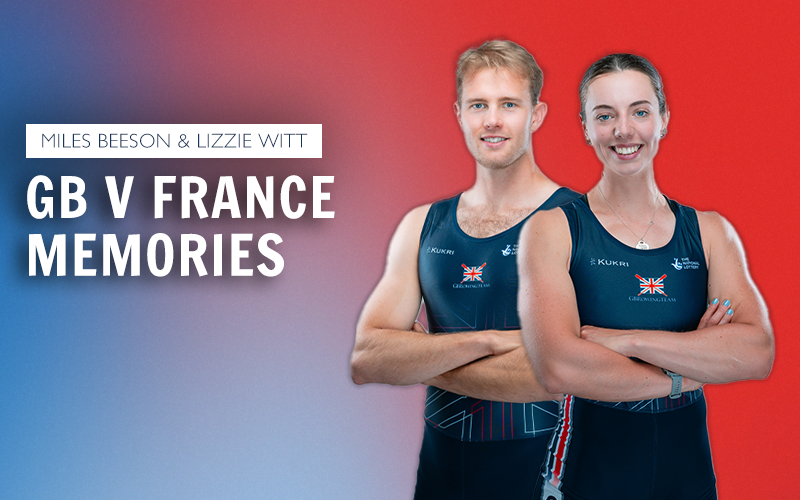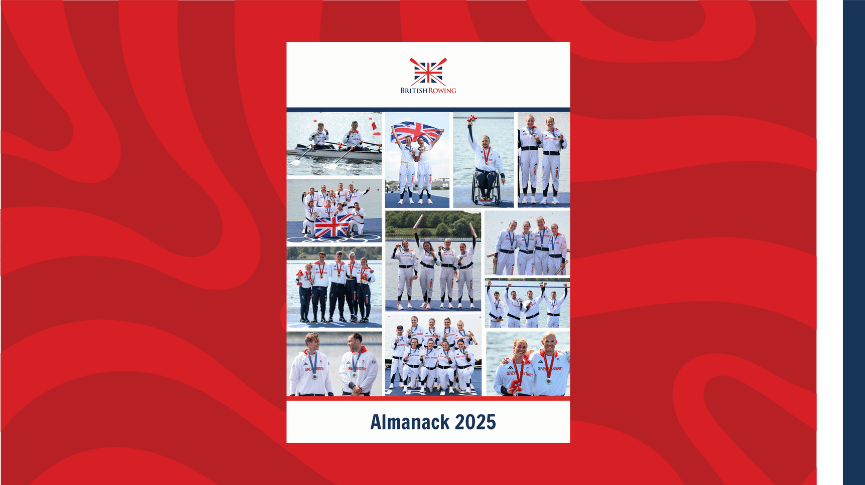British Rowing’s Project Minerva featured on the BBC
GB Rowing Team athletes, university researchers and sports scientists are working together on the ground-breaking project to understand better the health and performance of female rowers
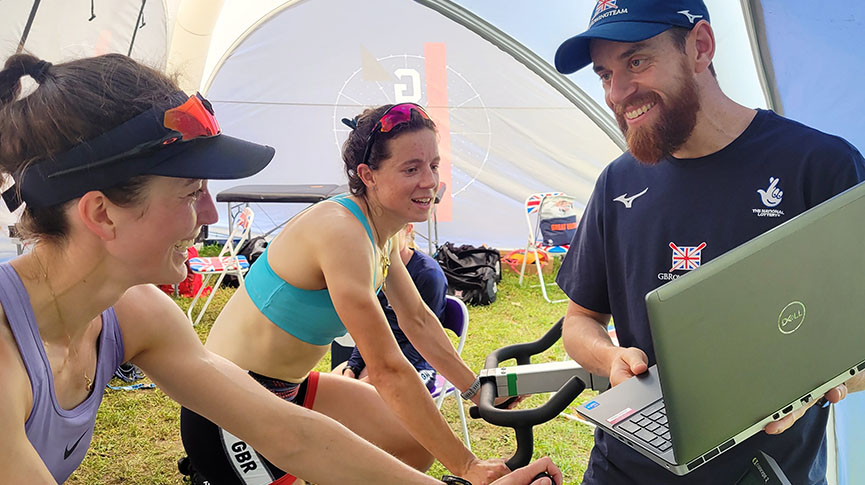
Project Minerva – named after the Roman goddess of wisdom, justice and strategic war – is an ongoing research project that’s investigating the relationship between the women’s squad training programme characteristics (e.g. training volume, intensity distribution and frequency), internal training load (heart rate, RPE (Rate of Perceived Exertion), and blood lactate monitoring) and hormone function, on the menstrual cycle and overall health.
The project is a fully integrated collaboration between the GB Rowing Team, the UK Sports Institute, Manchester Metropolitan University and other external partners.
Last week the BBC came to visit the GB Rowing Team at their training base in Caversham to find out more.
One of the GB Rowing Team athletes taking part in Project Minerva is World Champion Hannah Scott. The research helped her to understand why she was frequently suffering potentially career-ending rib injuries and “the importance of eating, looking after yourself, recovery and making our body strong for performance, not just to look at” in preventing the hormone deficiencies and other conditions leading to injury.
read Hannah's story on the BBC website
More about Project Minerva
Project Minerva supports the athletes in tracking their menstrual cycle in order to understand the impact of training on the menstrual cycle and vice versa. Athletes who have volunteered to take part in the research have allowed the support staff to track their menstrual cycle and initiate conversation where appropriate. The project also helps to empower athletes to understand more about themselves and their body, and helps us to identify individuals who would benefit from medical support around their cycle and symptoms.
A more joined up approach to menstrual cycle tracking and performance and training monitoring will help to understand which athletes are and which are not affected or – more likely – a continuum of impact that varies from person to person and cycle to cycle. The one size fits all approach will not be appropriate.


